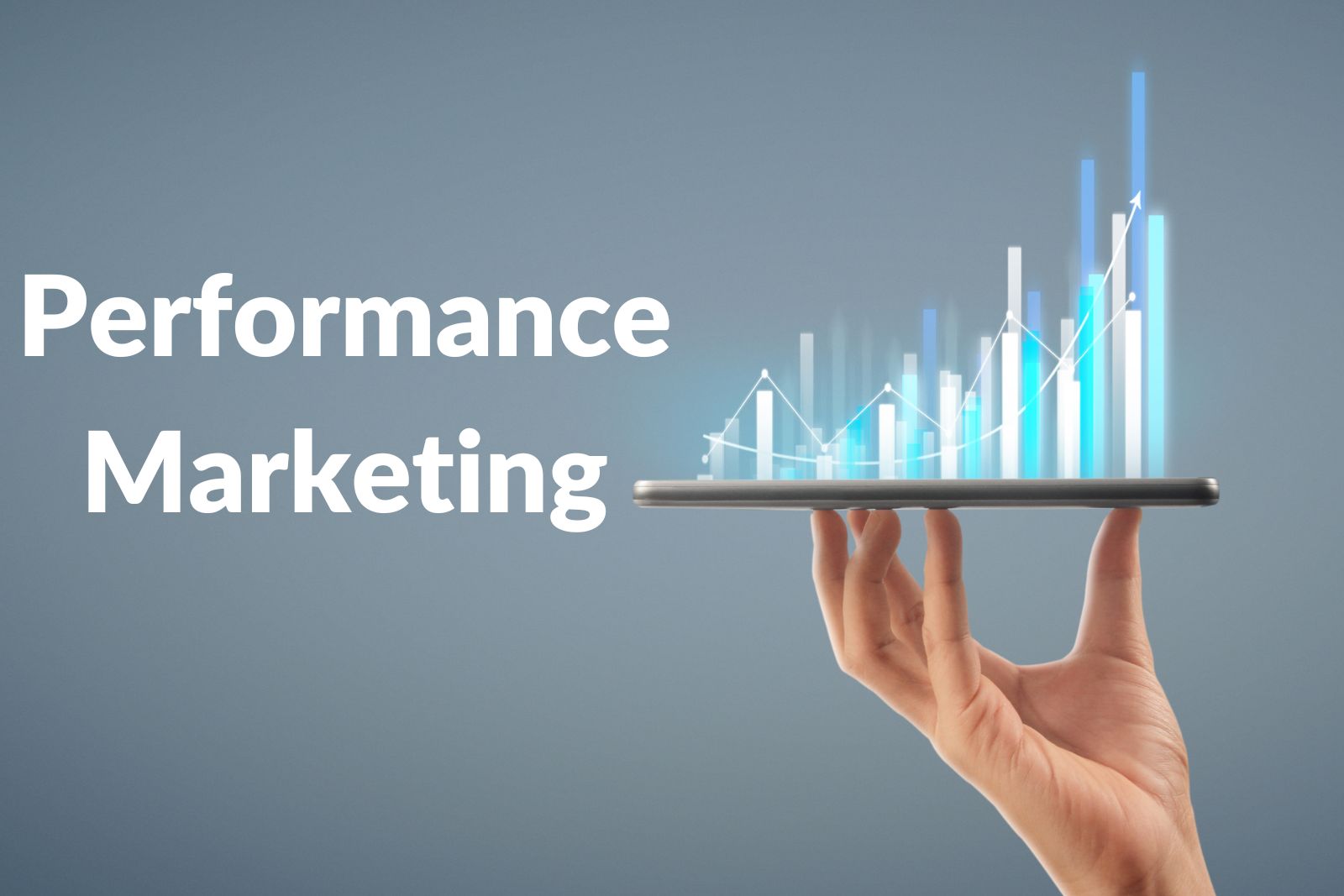Performance marketing is a strategy that’s driven by results — ideal for companies looking to reach their audience at scale, because payment is based on how users interact with the content.
Performance marketing works when advertisers use both agencies or publishers to design and place advertisements on performance marketing channels social media, search engines, videos, embedded web content, etc.
instead of paying for an advertisement in the traditional way which is priced on coverage or behavioral factors like clicks, impressions or sales per thousand.
Performance marketing is one very important analogue form of digital marketing whereby advertisers pay only after certain thresholds have been reached – for example, when a viewer clicks through to their page or makes a purchase (or doesn’t, as in the case of pay-for-invisibility).
How Performance Marketing Works?
Advertisers put their ads on a given channel and then pay based on how that ad performs.
1.Cost Per Click (CPC)
Advertisers pay you based on the number of times that their ad is clicked on. This is a good and efficient way to drive traffic to your site.
2.Cost Per Impression (CPM)
Impressions are essentially the views of your ad. With Cost Per Impression, you pay for every thousand views (so if 50,000 people view your ad, for example, you’d pay your base rate times 50).
3.Cost Per Sales (CPS)
With CPS, you only have to pay for a sale that was driven as a result of an ad. This system is also commonly used in affiliate marketing.
4.Cost Per Leads (CPL)
Similar to cost per sale, with CPL you only pay when someone signs up for something, like an email newsletter. CPL helps generate leads, so that you can follow up with your customers and drive sales.
5.Cost Per Acquisition (CPA)
Cost per acquisition is similar to CPL and CPS. In this, advertisers pay when consumers complete a specific action like making a sale or visiting a blog.
Top Performance Marketing Channels
1) Banner Ads: If you’ve been online, you’ve probably seen plenty of online display ads recently. These ads tend to appear on the side of your Facebook newsfeed or at the top or bottom of that web page you just visited.
Though display ads are slowly losing their appeal due to the increasing popularity of anti-adblocking software and what many believe to be ad blindness, many companies are still finding success with display ads that utilize interactive content such as videos, music, and engaging graphic design.
2) Native Advertising: Native advertising can blend in with your website or product seamlessly and allows you to promote advertisers just as easily.
For example, native ads on a YouTube page could be a video about product development sponsored by the company that created it. On an e-commerce site, someone may share their favorite fashion item from an advertiser.
These native ads are often easy for users to overlook if they’re mixed in with other kinds of content like news
articles or activity feeds. Native advertising is a great way to subtly advertise your business to customers.
3) Content Marketing: Content Marketing shows the importance of investing in lower marketing costs because it builds credibility and gains trust of your audience.
You can get leads directly from your consumer base, which lets them recognize you as the authority on that particular subject.
Companies who want to gain content marketing skills focus their efforts with hopes to influence customers in a more positive way, through articles and tutorials normally being published online.
By using high-quality content to solve consumer problems, one can look for more leads on products and services that align with these problems/goals.
4) Social media: Social media is a haven for performance marketers who could reach their target audience, drive them to their site and also have them share sponsored content organically to improve their reach on multiple platforms including Facebook and Twitter.
Social media not only lets you build your brand’s credibility but it also helps in promoting your products and services at the same time.
5) Search Engine Marketing: Most search engine users begin their searches with a search engine.
So if you want people to find you, make sure you have search engine optimization strategized into your online strategy so that you’re discoverable and have the tools needed to convert leads into long-term sales.
You can also focus on using paid advertising to attract new visitors and tell your story through video content on social media.
Benefits of Performance Marketing
With the future of digital marketing looking more promising each year, using performance marketing channels can help you scale your advertising efforts to meet the needs of your company without breaking the bank.
Performance marketing is a creative and effective way to diversify your audience and expand your reach all while collecting valuable data.
And this doesn’t just have to apply to advertisements as traditional forms of performance marketing such as sponsored social content on Facebook or Twitter would work just as well.
This will enable you to grow your business in an environment where it’s much easier than ever before because
there are no boundaries when it comes to performance-based advertising.

